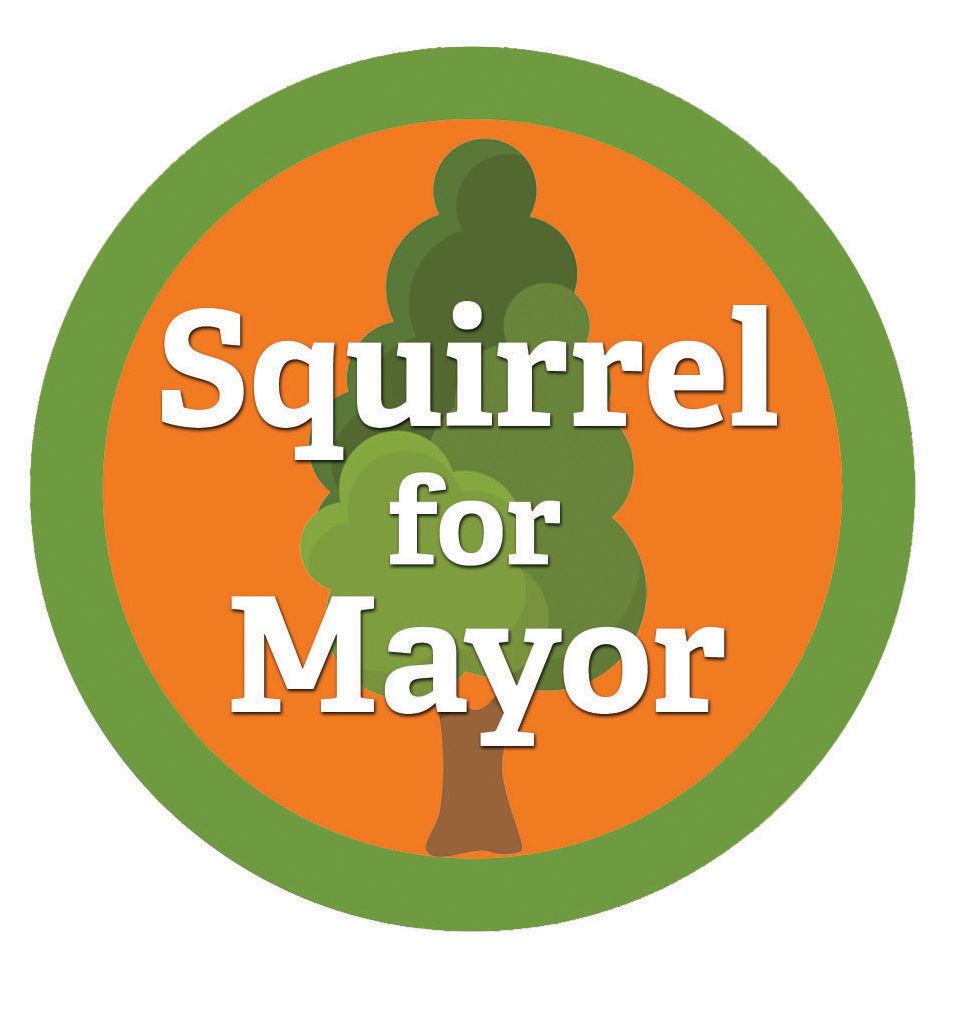Dear Councillor Matt Dell,
This letter serves as an open invitation for you to consider some of the unique community forest qualities in the territory that you now call home.
The urban landscape of Victoria is characterized by Kwetlal, known also as the Garry oak ecosystem (GOE). This is a crucial detail often overlooked in conversations about the urban forest. Before European settlement, the majority of the land that now encompasses the City of Victoria was dominated by Garry oak ecosystems, and that is in large part because of Lekwungen management over thousands of years.
The Garry oak tree, a long-lived keystone species, is vital to this ecosystem, supporting over 1,645 organisms (plants, insects, amphibians, reptiles, birds, and mammals). More than 100 of these species are currently classified as Species At Risk in British Columbia.
Recently, the City of Victoria supported a story mapping project through the My Great Neighbourhood Grant. The project’s goals were building community awareness of cultural connections to the land, examining the effects of settlement on the landscape, and creating opportunities for residents to engage with urban nature. The story mapping also aimed to identify wildlife corridors that enable organism movement between ecological hubs.
During the story mapping project, we learned that old-growth trees (defined as those over 250 years old by the BC Government), some exceeding 500 years, continue to thrive in parks and in neighborhoods within the City’s boundaries. These old trees are an important symbol of the rich cultural heritage from Lekwungen stewardship. Together, the project team achieved remarkable outcomes through community engagement and participation. We gained insights into the uniqueness of each neighborhood and identified vital wildlife corridors that also provide health and wellness benefits to people.
At the Council of the Whole Meeting on January 23rd concerning the topic of tree removal in Central Park, you shared opinions from your experiences of tree removal and replacement on a 20-year cycle in the South Okanagan regarding the need to advance a City, “I grew up in a farming family in the South Okanagan, where trees are cut down and replanted every 20 years.” Context is important when it comes to the environment trees are being managed in. When it comes to trees in highly built-up areas, maximizing the useful life expectancy of public trees is well understood in urban forestry management professional discipline. The benefits derived from urban trees are just beginning to outgrow the costs at 20 years from planting. Crucial City infrastructure like water mains and recreation facilities begin to degrade from the moment they are installed, requiring increasing amounts of maintenance until they must be replaced. Trees are City infrastructure and unlike pipes in the ground, the benefits delivered to the City from its trees provides a cost benefit ratio that is increasingly favourable over the span of decades.
Garry oak and associated ecosystems in this region have a unique local genetic adaptation to the environment and its associated species community would be difficult to re-introduce if lost. Garry oak is highly adapted to severe droughts and heat, including on rocky outcrops with shallow soil. Protecting existing patches of GOE, providing appropriate management, and expanding patches will have great importance for the life cycles of many organisms, and in a changing climate for biodiversity and human health.
The ongoing dialogue about tree removal and urban development in Victoria must account for the intricate relationships between species and their habitats. Unlike the cyclical practice of cutting and replanting fruit trees, the Garry oak ecosystem benefits from a more nuanced approach. It requires a commitment to understanding the needs of its diverse inhabitants and recognizing that many of these species are already under threat due to habitat loss and environmental changes.
As we move forward, it is essential for a collaborative approach for Victoria’s urban forest. Stewardship of Garry oak ecosystems is an act of recognition, appreciation, and support for Indigenous historic and ongoing management. By fostering collaboration and open dialogue, we can create a more resilient and vibrant urban landscape that is crucial to reconnect community members to each other and connect the community with nature of the region.
In conclusion, we invite Councillor Matt Dell and all members of the council to join us in this important journey. Let us work together to not only protect the Garry oak ecosystem but also to inspire our community about the value of trees for human health and for biodiversity. Through collective action and informed decision-making, we can ensure that Victoria remains a thriving city where nature and culture coexist harmoniously, benefiting generations to come.
Squirrel for Mayor Team
